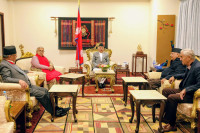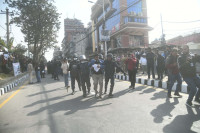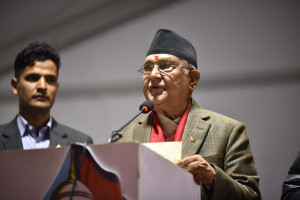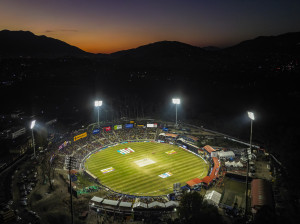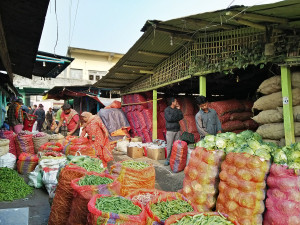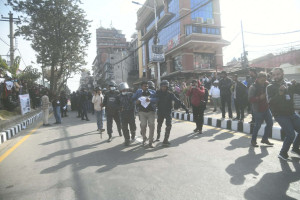Editorial
Separate and unequal
The losses that Nepal suffered in the 2015 earthquakes were staggering. The government’s Post Disaster Needs Assessment (PDNA) estimated that over 8,000 people lost their lives in the earthquakes and more than 20,000 were injured.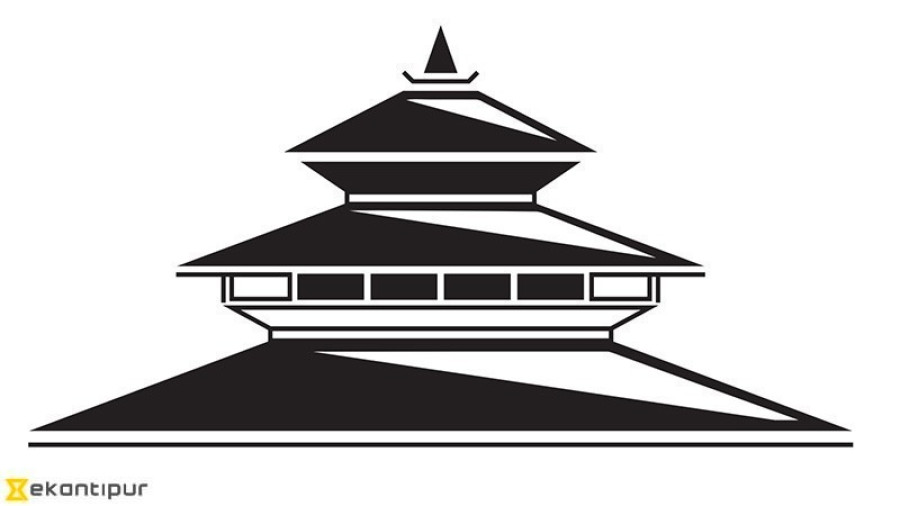
The losses that Nepal suffered in the 2015 earthquakes were staggering.
The government’s Post Disaster Needs Assessment (PDNA) estimated that over 8,000 people lost their lives in the earthquakes and more than 20,000 were injured. About 500,000 houses were destroyed and over 250,000 partially damaged.
Given the scale of the destruction, recovery and reconstruction have been arduous.
The National Reconstruction Authority (NRA) had made missteps in the past, but it is forging ahead with reconstruction. Still, the government cannot address all issues by itself. It requires the support of many NGOs and the private sector.
In addition, there is an urgent need for independent analysis to demonstrate the ways in which the government policies have been insufficient or have had unintended consequences.
This will help the relevant authorities revise their plans and policies accordingly.
Amnesty International last week launched a report titled, “Building Inequality”: The Failure of the Government to Protect the Marginalised in Post-Earthquake Nepal.
The report offers new insights into the reconstruction process. The central and most startling insight the report provides is how reconstruction has failed to take into consideration the most-disadvantaged, landless sections of the population.
To be eligible for housing grants, Nepali citizens have to demonstrate that they own the land on which they reside.
But around 25 percent of Nepalis are landless. They have been living either on public land or as tenants. Unable to prove ownership of land, these people—tens of thousands in number—have been excluded from the reconstruction process.
The government has started addressing the concerns of this disenfranchised group to some extent, but there is still a long way to go.
Now that the process of handing out housing grants is well underway, the government would do well to look into the needs of such sections of the population.
Furthermore, as the Amnesty report points out, tens of thousands of people from the more marginalised sections of the population have lived in extremely inadequate housing conditions over the past two years.
This has led to an increase in various health problems, such as respiratory diseases and snakebites.
In addition, quake survivors, especially those living in remote places, have to walk for hours to access grants.
This is extremely difficult for the elderly and the sick. The government had initially promised to establish widespread branch-less banking points to distribute grants. But this has not been followed.
Earthquake survivors continue to find it difficult to access information about the reconstruction process.
Information centres were meant to be established, but they have either not been formed or are not functioning well.
The government needs to start addressing such concerns, by improving medical services, and making it easier to access grants and information about the reconstruction process.




 10.12°C Kathmandu
10.12°C Kathmandu
